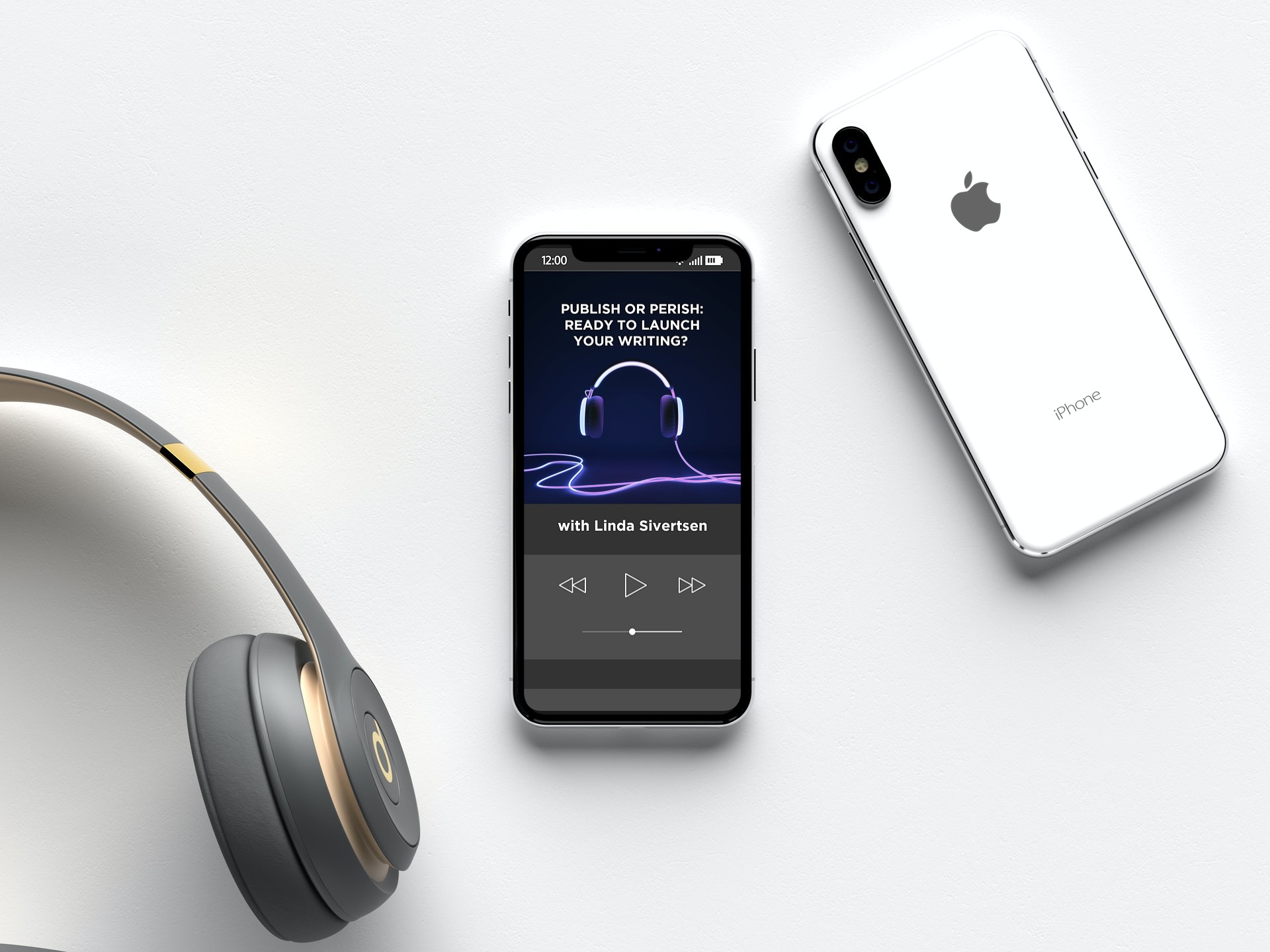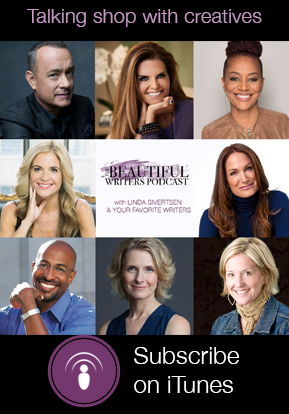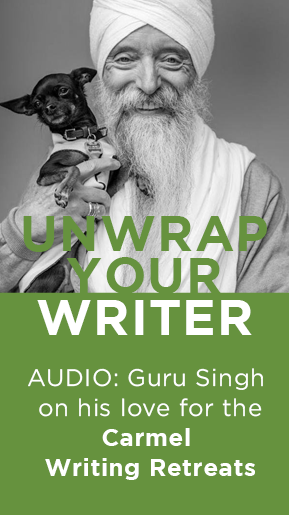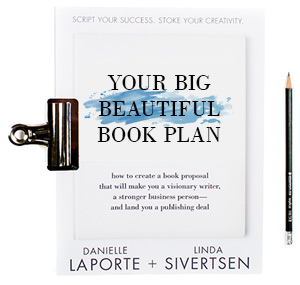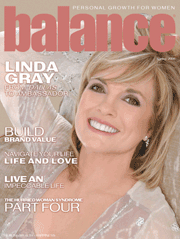
LINDA GRAY — From Dallas to Ambassador
Leading with the Heart
Life may not come with a book of instructions, but isn’t it ironic that once you’re old enough to have finally figured out the unwritten “rules” on your own, any number of factors can keep you from utilizing them? In the mid-nineties, Arnold Palmer and I were sitting in his office at the Bay Hill Golf Club in Orlando, Florida, watching monsoon rains bluster outside his office window. Stuck inside and unable to play golf, the legendary champion shared his philosophies and life story with me—including the regrettable fact that although he felt like he had finally learned everyconceivable aspect of the game, his body was less able to translate that wisdom into winning scores. A few years later, my girlfriend Leeza Gibbons was even more succinct on the topic when she looked into my eyes in her yard in Los Angeles, shrugged her shoulders, and said, “You know what, Lin? I think that real wisdom often comes too late for it to do us any good!”
Sixty-five-year-old Linda Gray, who’s as gorgeous as ever, by the way, can no doubt look back on her life and see things she wished she had known a few decades ago. But speaking with the iconic actress I adored from the 80s phenomenon Dallas has inspired me to add a caveat to the above declarations: Regardless of how many “missed” opportunities an elder experiences, he or she is uniquely qualified to pass those lessons on to those who have the time, will, and energy to take hold of them and run. Perhaps that’s precisely how generations evolve by leaps and bounds before our very eyes, and our children can seem light years ahead of us… With all that we’ve learned and experienced, we are their springboards!
“I have so much to tell younger women!” Linda said upon being asked to be our cover girl. “Women my age have so much to share!”
Sitting by a roaring fire in front of Linda’s floor-to-ceiling windows that overlook her outstretch of Southern California green grass and towering oaks, the old South Fork property seemed dull to me by comparison. It was here that Linda and I wrapped our bodies in blankets, sunk deeply into the cushions of her massive couch, and began our conversation over tea, popcorn, and fresh raw vegetables.
“At this particular time, we don’t have enough role models,” Linda began. “There aren’t enough women for women your age to emulate. We older broads have been through the trenches, we’ve burned the bras, we’ve dealt with all the nonsense life can dish out and come out the other side with wisdom. In other cultures, elders are not disposed of in retirement homes where what they’ve learned about the Depression, race relations, religion, and the environment isn’t honored. History repeats itself, and elders know a lot more about life than they’re given credit for.”
As an adventurous traveler and the U.N. Ambassador to Nicaragua, Linda has walked into villages around the world and befriended women whose skin is shriveled like prunes, but who are valued as “wise ones.” They carry a dignity and grace rarely found in cultures enamored by the vim and vigor of youth.
“When I speak to young women in the West,” Linda said, “they need to know that the number of birthdays they’ve had has nothing to do with anything. To get hung up and caught up in an actual number is ludicrous. If you get out and lead your daily life in the most powerful, wonderful way, magic happens. It’s when you try to take your 70-year-old body and put it in a mini skirt that maybe two people on the planet can get away with, that you’re missing the point. Women think, ‘Oh my God, I’m not 25, and I’m no longer a size 2, and my hair isn’t thick enough, and I’m too fat…’ That kind of thinking diminishes the soul—the essence of who you are. Why try to be someone you’re not? Why not be your most elegant, fabulous, sexy, funny, interesting, educated self at every age?”
I feel obligated to state the obvious to Linda. It’s got to be easier said than done when you look like you, I say. “Thank you, but I have another take on it,” she answered. “I had the most incredible grandmother, Grandma Betty, who was very unattractive! She looked like Eleanor Roosevelt. But this woman had more charisma than you can imagine. She always wore red finger nail polish, and despite not having much money, she was incredibly stylish. I still remember her coats and gloves and her hat with a dead bird feather in it. When she was 65, she bought a hot pink Lincoln Continental convertible with pink and white interior. One day she picked up my sister and me from our Catholic School in our little uniforms and said, ‘We’re going to the zoo.’ It turned out that she took us to the racetrack, where we were told to, ‘Pick a color.’ I picked pink and she bet $2 on the pink horse. When the pink horse won, she gave me the $4 winnings. We had a ball. We came home and my mother said, ‘How was the zoo?’ ‘Great,’ we said. ‘We saw all these horses.’ ‘What other animals did you see?’ Mom asked. ‘Oh, we just saw lots of horses running round and round and round.’ Of course we were caught!
“I remember Grandma Betty taking me to a restaurant bar for a Shirley Temple. She had a Manhattan, with a cherry in it, and she was telling bawdy jokes and the men laughed and stared at her like she was honey, dripping with humor and charisma. I would just gaze at her with my mouth open like, ‘Oh, one day I’m going to wear red nail polish and have drinks like you.’ Grandma Betty was just fabulous.
“To me it’s all about uniqueness. You can’t stamp us all and say, ‘At this age, this is the hairdo and clothes you should be wearing. And, you can only have this many wrinkles before it’s time to wipe them away.’” Speaking of which, Linda and I are sitting in a naturally lit room and I can see her wrinkles, but she looks remarkable. Her body is toned and thin, and by the lack of salt on our popcorn or dairy in our tea (and the organic veggie garden visible just outside), I’m guessing that Linda eats a healthy diet. But I have to ask about plastic surgery. Seriously, aren’t you wondering?
“Look, no cuts. No lifts,” she says, proudly gathering her hair upon her head to reveal the absence of scars. What about Botox? I ask. “Oh, I did that once, and it was hysterical,” she said, lifting her finger to her forehead. “I had one eyebrow that went clear up to here.” Linda decided that a man in a white coat coming toward her with a needle full of “poison” just wasn’t her style. “Gee, sign me up to shoot that stuff mere inches from my brain, and let me pay you a lot of money to do it! No thanks. Look, we’re all working with self-esteem issues, but it’s time to think with a clearer vision.”
Linda’s answer to Botox? “Cutting my bangs and smiling a lot so you can’t see the downturn of my lips!”
If you’re curious about where Ms. Gray has been since J.R. was shot (in the cliffhanger of one of the most popular prime-time dramas in the history of television—that started this wildly popular genre), here are a few of the details: After roles in Melrose Place, Models Inc., Bold & the Beautiful, performing in the “Vagina Monologues” and as Mrs. Robinson in “The Graduate” in London and on Broadway (and then on tour in the U.S.), and in loads of television movies and guest-star spots, Linda is most proud of her role as United Nations Ambassador to Nicaragua. For four years she, like Audrey Hepburn before her, has had a “life-changing experience,” meeting with countless women and children, listening to their stories, and helping them find solutions—specifically around gaining access to clean water. Using directorial skills she honed as far back as her Dallas days, Linda created a stunning documentary for the U.N. on women’s and children’s heath issues.
Life as an Ambassador
I ask what her work with the U.N. entails. “My little area of the U.N. deals with population, and I was sent to Nicaragua to go and sit with women face to face in their little huts and tiny houses and open up a dialogue to see how they’re doing and what they need.” Knowing that Dallas remains syndicated around the world, I wondered if the women knew Linda as Sue-Ellen Ewing. “Some did, some didn’t. But it didn’t matter. I learned right away that we shared one heart. We would go down to where they washed their clothes on the rocks. The women, who all looked after each other, would be singing and gossiping about the men—just as they do in every culture at the local hang out. We just happen to call ours Starbucks. I wanted to know what was important to them and asked about their top three priorities. Their answers were so incredibly simple: healthy childbirth, education, and clean water. That’s all they ask. Can you imagine? None of them wanted a Mercedes or stylish clothes. They dream of things we consider basic rights.”
Linda would soon witness a more unsettling reality. “I walked into this little concrete house, where stacks of corn on the cob were drying for tortillas. A little old woman who looked like she was 87 was in the corner holding a baby. I thought it was her grandbaby, but she told me that it was her 16th child.” Linda tears up as she relives the encounter with this mother, who had no joy or life in her face. “The woman had dead eyes, as if she had given up every ounce of hope.’” The woman’s husband was nowhere in sight, and Linda saw firsthand that this woman, and many, many more like her live mostly without male support. The religion and the culture forbid a woman from using or even requesting birth control. So much as asking a man to wear a condom can end relationships, sometimes violently, thus women have learned to suffer in silence.
Images of despair are branded onto Linda’s memory. Considering that our global human population hit 6.5 billion people only weeks ago, there’s further reason for concern. The earth’s population is nearly four times the number it was in 1900, and the intervals between billions are dramatically shortening. At this rate, in October of 2012—a mere six years—our planet will host 7 billion citizens.
“I went to a birthing clinic in Nicaragua,” said Linda, “and all of the women ready to have children were teenagers. Some were on their second child. Literally, I didn’t see happiness on any of their faces because there was no money to feed or raise their babies. It was just devastating. I would come back to my hotel every night, and sit by myself stunned at the imbalance in life. I’d think, how is this possible? I don’t understand why we all can’t have clean water, why birth control can’t save these women. It’s not okay to me to have big business dumping poisons into water systems around the globe. It’s not okay that children can’t afford to go to school. Part of the work we did was to educate the mothers. If you teach a woman how to ask for what she needs, or even how to build her own house, she’ll educate her tribe.”
Linda talks in the past tense because recently all funding for her department with the U.N. has been discontinued due to budget cuts. “I’m devastated because we have people with huge hearts and able bodies willing to go in and do this goodwill work, but because we’ve been dismantled, all of our trips have been canceled. I have so many women and children I want to follow up with, and it breaks my heart to think about where our money must have gone.
“People don’t know about these folks, unless they’ve seen them. Nobody tells their travel agent, ‘Hey, book me to Nicaragua.’ It’s not a hot spot. I didn’t get to go to the hot spots of the world. I went to the heart spots. That’s why I came home totally changed. I can’t pick up a bottle of water in the car without thinking about how blessed I am. Humanity must shift, and I want to be one of the millions of pied pipers in the pack.” Seeing as how Linda aligns herself with the greatest forces for charitable works in the United States as well (see photo with Eunice Kennedy and Anthony Shriver for a Best Buddies event—an organization that forges friendships between mentally handicapped persons and their young volunteers), I can’t imagine Linda anywhere else but in the forefront.
Material Perspective
Linda and I both know women in Los Angeles who will drop several thousand dollars on a purse, or on designer shoes, for that matter, and I ask her feelings about that—something I’ve never quite understood. “I think we need to remember that instead of buying a third home, we can help a country. There’s an awareness factor that must be tapped into in the wealthy nations of the world. People need to wake up and say, ‘Wow, instead of buying that $2,000 purse or that $500 tee shirt today, maybe I’ll adopt an orphan or purchase an education for an impoverished child.”
Does that mean that Linda Gray doesn’t buy $700 shoes? “That’s exactly what it means,” she said, lifting her leg to reveal well-worn Uggs. “I’d rather spend $100 on a cozy pair of boots and give the other $600 to a nearby homeless shelter. Look, I’m not putting down people that can afford to have fun with their money. They probably do wonderful things with it as well. But I think for most of us, our value systems are out of whack. Wouldn’t it benefit our hearts and souls if we didn’t so selfishly focus on ourselves? We need to come from that heart place where we include people that don’t have as much as we do.
“We’re all part of the same universe, but our connectedness has been squashed. Many people on the planet right now are operating from a place of fear, when what we need is to come from a place of love. We’ve allowed ourselves to become blocked, and envy people that have money and possessions—hoarding what we can for our own safety. My feeling is if you go to your heart instead of your head, manifesting a beautiful life is more possible. People bypass their hearts—literally like a heart bypass. Especially in this country, we allow ourselves to be dragged around by our noses to manifest what other people think we “should” have to fit into the success quotient. But my feeling is that if you have ever gone to your heart and said, ‘What is it that you want? What do I really want for my life?’ the simplistic answers you come up with may surprise you.”
Grandma Linda
Shifting gears, I wanted to know how Linda feels about being a grandmother, and if she allows her grandchildren to call her by that title. “I have a son who is 41 and is just divine. My fabulous daughter, who is 39, is the mother of my two grandsons—ages 14 and 3. When I learned that I was going to become a grandmother, people said, ’Oh my God, what are they going to call you?’ Remembering the pride I had for Grandma Betty, I said, ‘I want them to call me Grandma Linda. That’s who I am. I want them to remember me by my name, not some gentler version like Nana or something.’ So, the 14-year-old has always called me Grandma Linda. But when the baby couldn’t yet pronounce the GR, he called me “Manya.” All of a sudden I thought, ‘Yes. I sound like some wild, exotic Argentinean dancer.’ Now everyone in the family calls me Manya, and I love it.
“I love what a delicious time this is for me. You know, my kids and I and their kids—we’re all so close. I always take bonding days with my youngest grandson, and we go to the L.A. zoo. The real zoo—not my grandmother’s version. It’s our time together; nobody comes with us. We have lunch with the monkeys and then we move over and have desert with the condors and we run around all over. He and I bond with the alligators and catch the bird shows and chat about riding on the backs of elephants. It’s the best type of fun.
“I have this great affinity for the elephants, probably because they’re a little wrinkled and they’re not a size 2, you know? And, they have these glorious matriarchal societies. With grandeur and grace and emotion and wisdom, the mother and grandmother elephants, some who are 80 years old but still look terrific, take care of their extended families. They’re delightful, emotional, mystical, heartfelt creatures.”
Sounds oddly familiar. I wonder if Linda realized that she had just described herself?

